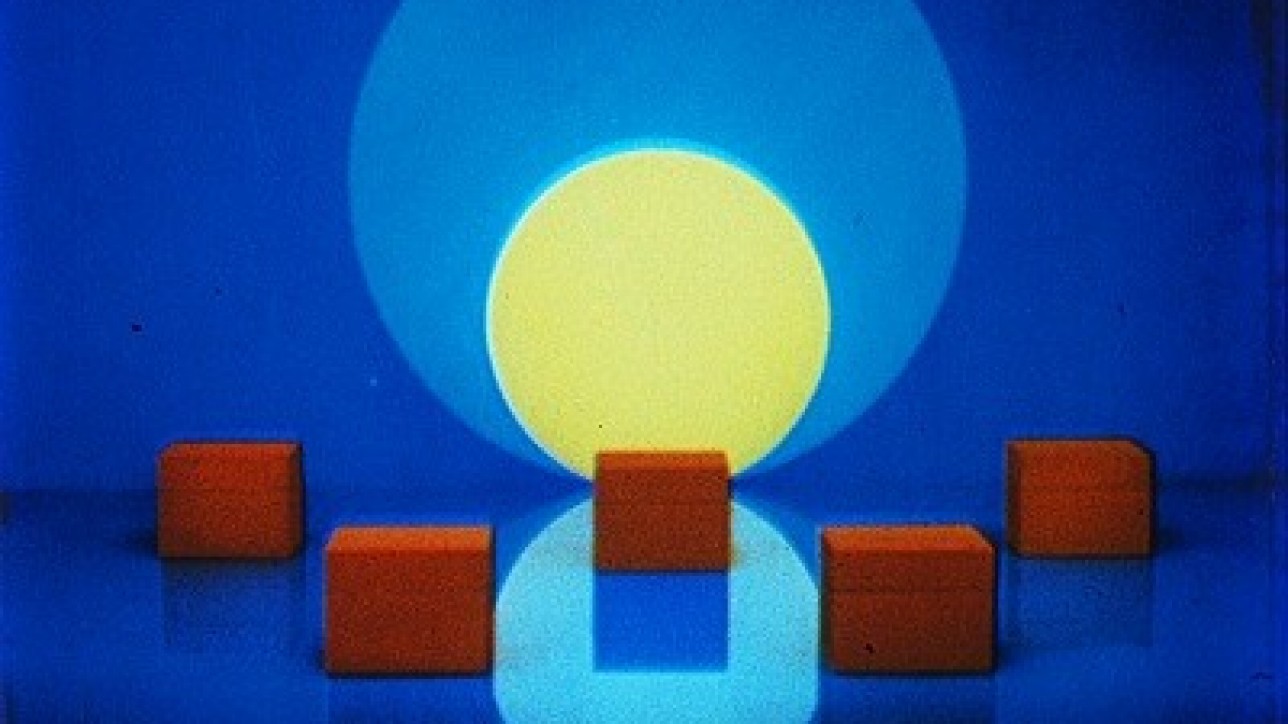Oskar Fischinger Visual Music. Several of these are among the first music videos. The film historian william moritz said that oskar fischinger is one of the greatest artists of the 20th century, 'embracing the abstraction that became the major art movement of the century, and exploring the new technology of the cinema to open abstract painting into a new visual music that performs in liquid time.'

1 and more) oskar fischinger: Our collections also include william moritz (biographer) and elfriede fischinger's papers. He was trained as an engineer and a draftsman and by 1922 he was producing experimental films.
Oskar Fischinger In His Hollywood Studio With Panels From Motion Painting No 1 (1949).
The first program, optical poetry: Experiments in cinematic abstraction. eye filmmuseum, amsterdam. A short video clip of a.
Her Male Counterpart, Oskar Fischinger, Is Also Known By A Similar Nicknames:
The earliest of these surviving wax. Visual music the dvd features the following works: Working with fischinger’s original 1920s nitrate film, cvm restored the 35mm film via traditional.
Included Paintings And Animation Artwork.
Center for visual music presents the first in a series of dvd releases: Unfortunately, i have been asked to remove the video so you have to take my word for it but the accompanying… The fischinger archive official site, run by the fischinger trust.
Oskar Fischinger Read More »
2 from his groundbreaking series of abstract animation synchronized to music in the 1930s, which screened in first run theatres worldwide. But while disney was developing a whole host of anthropomorphized animals, there was one. Visual music cvm (center for visual music) has just released a new oskar fischinger dvd available now to order from cvm, entitled:
Ten Films (His Classics Including Allegretto, Radio Dynamics, Motion Painting No.
An optical poemproduced by oskar fischinger for mgm1938, 7 minutesmusic by franz liszti hold no specific rights to this film footage, but present it here for. But long before them, many people built instruments, usually called “color organs,” that would display modulated colored light in some kind of fluid fashion. He began making his films, which some people dub as visual music in the 1920's.